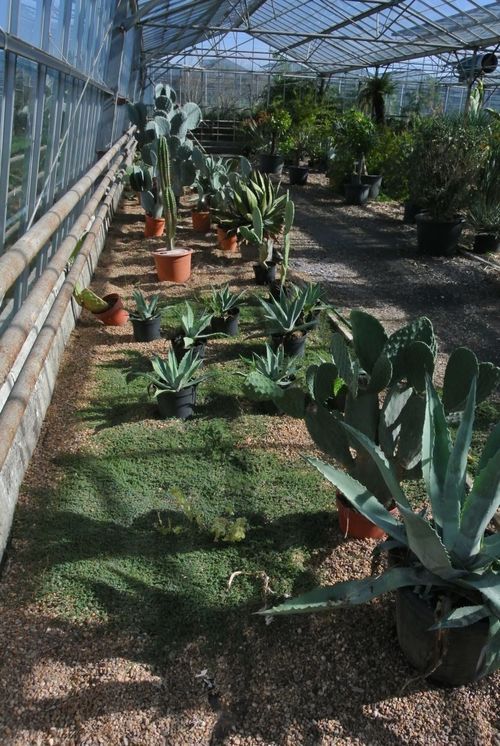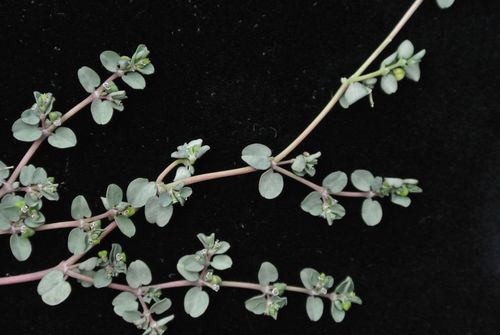New record in Worcestershire - Chamaesyce serpens
Bert Reid
Chamaesyce serpens, previously known as Euphorbia serpens, is a species in the Spurge family Euphorbiaceae known by the common name matted sandmat. Originally native to South America,
It is now found across much of the world as an introduced weed. It forms a mat of prostrate stems which root at nodes where the stem comes in contact with the ground. The detailed structure of Spurge flowers are always hard to understand, even in our common species, and to me they are impossible with tiny unfamiliar aliens.
On the 29th August 2014 I was recording plants along Longdon Hill near Wickhamford, Evesham. I finished my recording and was walking back to where my car was parked when I passed by the garden center Vale Exotics. In a fit of curiosity I popped in looking at the Tree Ferns and other interesting plants and happened to notice a big patch of weeds stretching on to the path around the display. I didn’t recognize what it was, so I spoke to the staff there who said that they certainly didn’t plant it there and had regularly tried to get rid of it. I collected a bit to take home, but failed to identify it. My eyesight does not allow me to use a camera so I asked Harry Green to get a close-up photo of the plants I collected. I could then see the details on my computer, but after ruling out all the plants I suspected, I decided to send Harry’s photos (01, 02) to Quentin Groom, an expert at the Botanical Society of Britain & Ireland.
Next morning I got a reply determining the identity. The reply made me feel a bit better for my failure, because I had never even heard of the species or even the current genus. The only earlier records in Britain I have found were rare (less than 5 sites) sporadic plants from imported bird seed and / or wool waste on tips.
Images
01. Vale Exotics with mat of Chamaesyce serpens. Harry Green
02. Highly magnified section of Chamaesyce serpens. Harry Green

